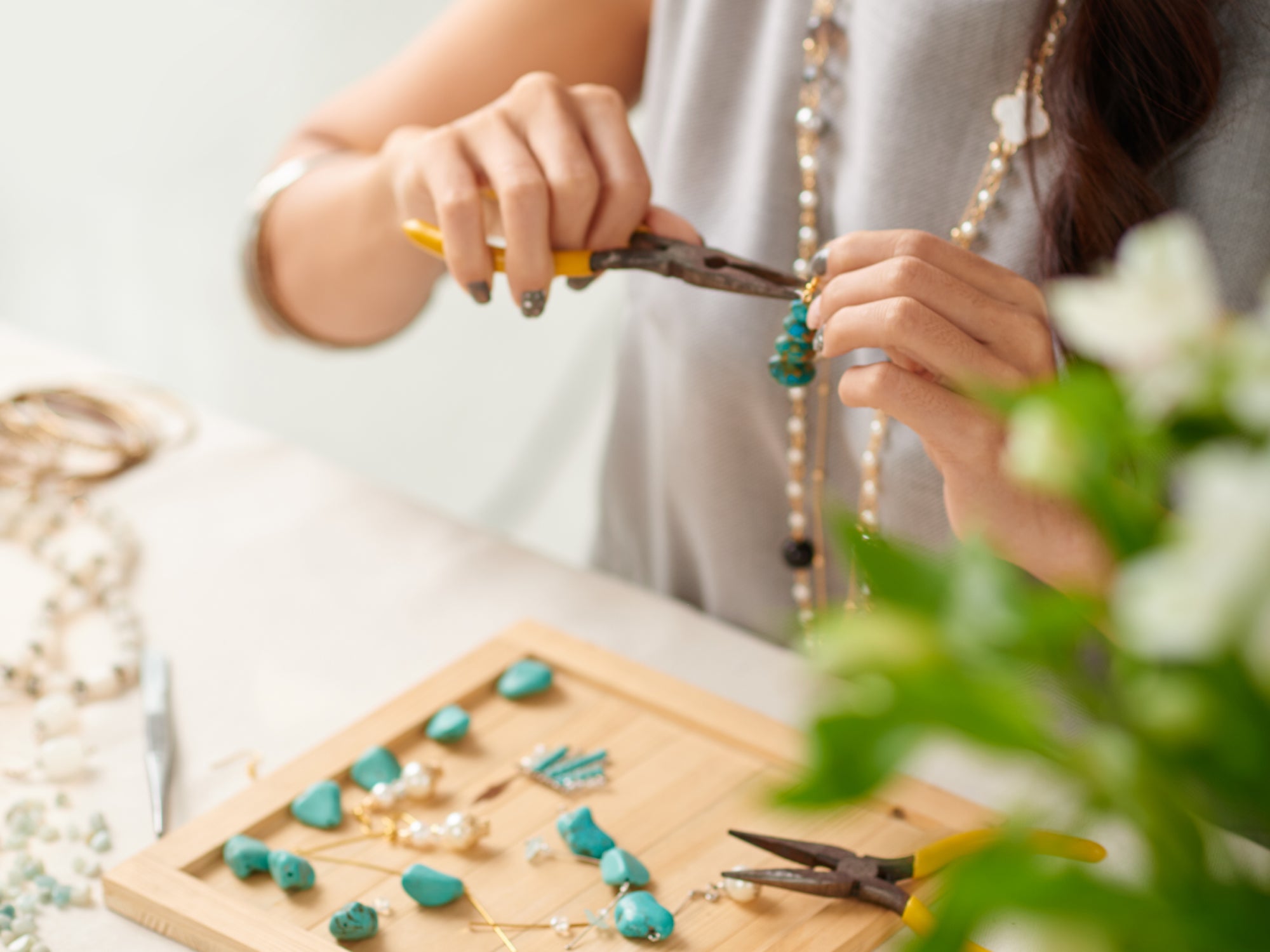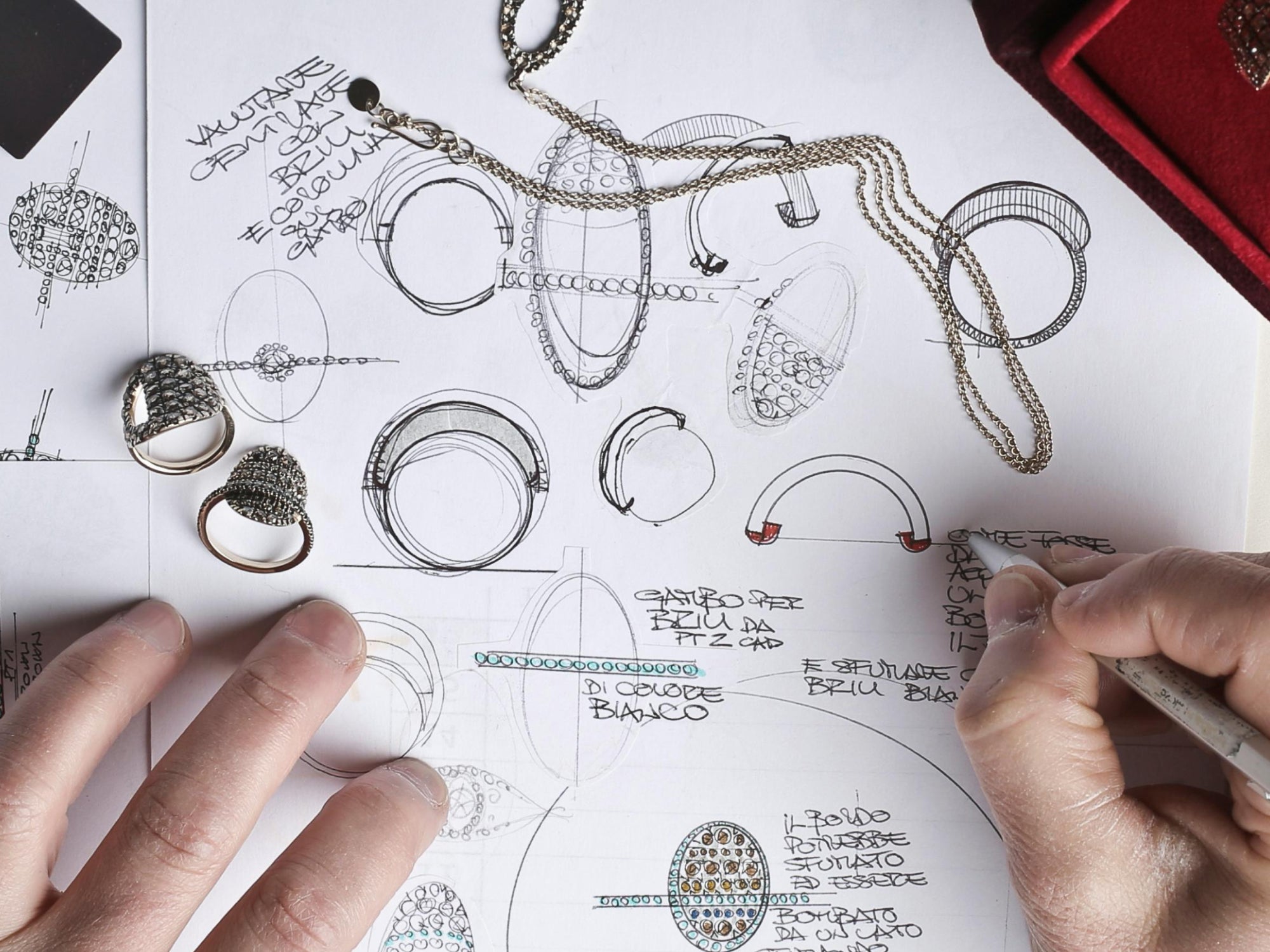Silver jewelry has long captivated the human imagination with its lustrous sheen and versatility. From ancient adornments to contemporary masterpieces, silver has been a constant in the world of jewelry design. As we trace the evolution of silver jewelry, we uncover not only the changing styles and techniques but also the cultural and technological shifts that have influenced its transformation.
Ancient Beginnings
The history of silver jewelry dates back thousands of years. Ancient civilizations such as the Egyptians, Greeks, and Romans were among the first to recognize the allure of silver. In Egypt, silver was considered more valuable than gold and was often used to create intricate pieces for royalty and the elite. The Greeks and Romans, on the other hand, were renowned for their craftsmanship, producing detailed silver rings, bracelets, and necklaces adorned with mythological motifs.
Silver was also significant in ancient cultures for its perceived mystical properties. It was believed to have protective and healing powers, making it a popular choice for amulets and talismans. The artistry of ancient silver jewelry, characterized by hand-hammered textures and filigree work, laid the foundation for future generations of silversmiths.
Medieval and Renaissance Influences
The Middle Ages saw a decline in the use of silver for jewelry, as gold became the preferred metal for the church and nobility. However, silver remained a staple among the common people, who crafted simple yet elegant pieces. During the Renaissance, there was a resurgence of interest in classical art and culture, which profoundly influenced jewelry design.
Silversmiths of the Renaissance era were inspired by the intricate designs of ancient Rome and Greece, incorporating floral patterns, scrolling foliage, and religious iconography into their work. The period also witnessed the introduction of new techniques such as enameling and engraving, which added color and detail to silver pieces. This era marked the beginning of a more refined and artistic approach to silver jewelry design.
The Industrial Revolution and Mass Production
The 18th and 19th centuries brought significant changes to silver jewelry design, primarily due to the Industrial Revolution. Advances in technology allowed for mass production, making silver jewelry more accessible to a broader audience. This period saw the rise of machine-made jewelry, which, while less intricate than handcrafted pieces, offered affordability and uniformity.
Victorian-era jewelry, in particular, reflected the sentimentality and romanticism of the time. Lockets, brooches, and rings often featured intricate engravings, gemstones, and motifs such as hearts, flowers, and animals. Mourning jewelry, made from blackened silver or featuring hairwork, became popular after the death of Queen Victoria's husband, Prince Albert.
Art Nouveau and Art Deco Movements
The turn of the 20th century brought about a shift in artistic sensibilities, leading to the emergence of the Art Nouveau and Art Deco movements. Art Nouveau jewelry, characterized by its flowing, organic lines and nature-inspired motifs, celebrated the beauty of craftsmanship and individuality. Silver was a favored metal for Art Nouveau designers like René Lalique, who combined it with enamel, glass, and gemstones to create ethereal and whimsical pieces.
In contrast, the Art Deco movement of the 1920s and 1930s embraced geometric shapes, symmetry, and bold colors. Silver jewelry from this era often featured clean lines, abstract designs, and vibrant gemstones such as onyx, coral, and turquoise. The sleek and modern aesthetic of Art Deco jewelry reflected the cultural and social changes of the Jazz Age, symbolizing progress and innovation.
Modern and Contemporary Trends
The mid-20th century saw a return to handcrafted jewelry, as designers sought to revive traditional techniques and emphasize the artistic value of silver. The 1960s and 1970s, in particular, were a time of experimentation and creativity, with designers like Georg Jensen and David Andersen pushing the boundaries of silver jewelry design. Their work showcased bold, sculptural forms and a minimalist aesthetic that resonated with the countercultural movements of the era.
In recent decades, silver jewelry design has continued to evolve, influenced by global trends and technological advancements. Contemporary designers draw inspiration from a diverse range of sources, from ancient cultures to modern art, resulting in a fusion of styles and techniques. 3D printing and computer-aided design (CAD) have revolutionized the industry, allowing for intricate and innovative designs that were once unimaginable.
EBN Jewelry: Celebrating Tradition and Innovation
At EBN Jewelry, we honor the rich history of silver jewelry design while embracing the future of craftsmanship. Our collections are a testament to the timeless beauty and versatility of silver, featuring pieces that range from classic to contemporary. We draw inspiration from the past, incorporating traditional techniques such as filigree, granulation, and repoussé, while also exploring modern methods like laser cutting and electroforming.
Each piece of EBN Jewelry is meticulously crafted to reflect our commitment to quality and artistry. Whether it's a delicate necklace inspired by ancient motifs or a bold statement ring with a contemporary edge, our designs celebrate the enduring allure of silver.
Explore the World of EBN Jewelry
The evolution of silver jewelry design is a journey through time, culture, and creativity. At EBN Jewelry, we invite you to be a part of this journey. Discover our latest collections, explore our unique designs, and stay updated on our events and exhibitions. Visit our website and follow us on social media for the latest releases and updates.
Experience the magic of silver jewelry with EBN Jewelry – where tradition meets innovation.


